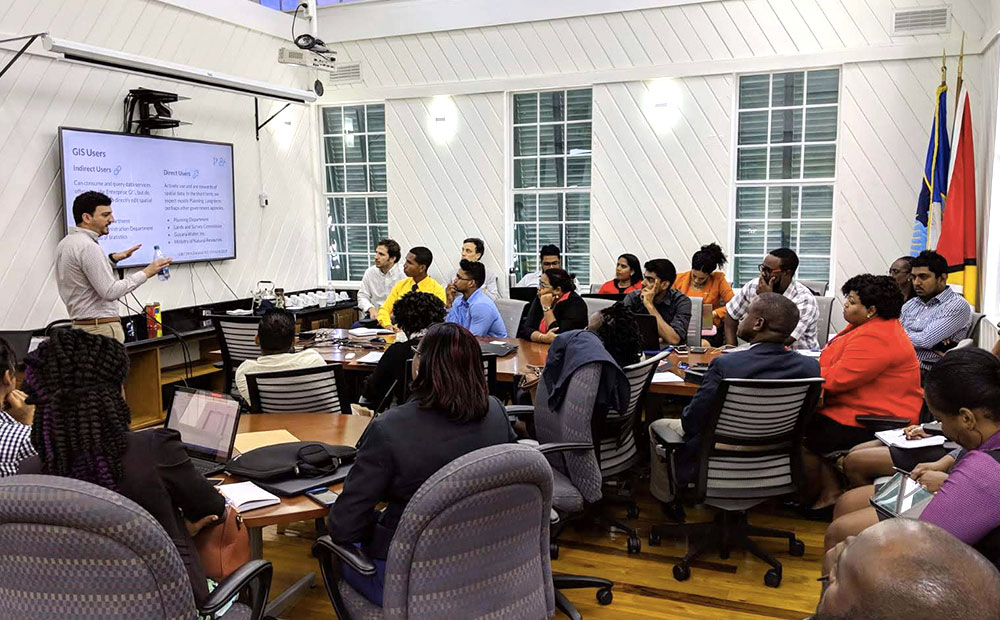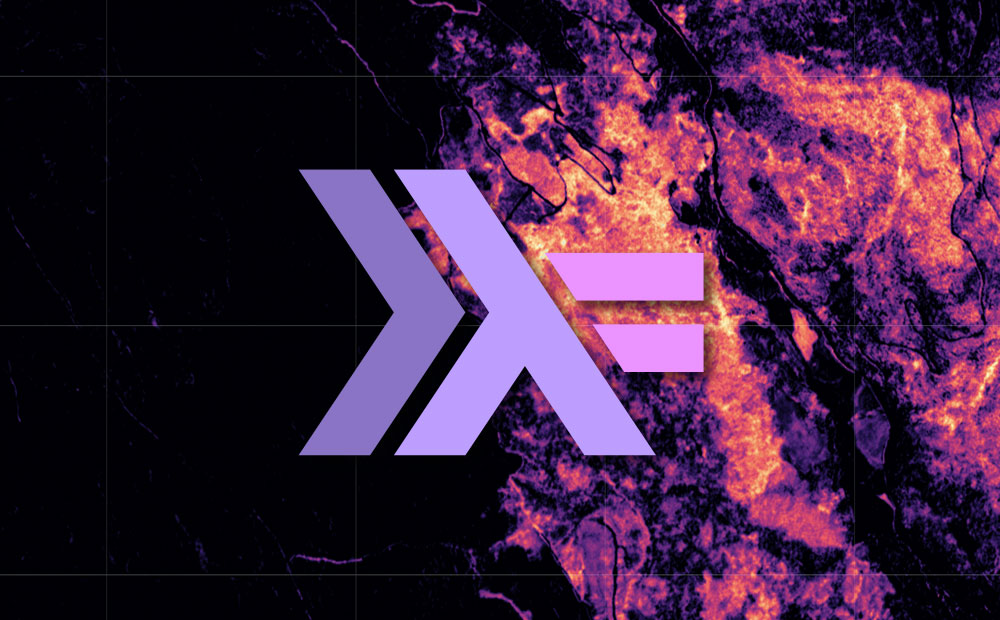All blog posts
<- View categories
-

Start-Stop-Continue: One Way That We Solicit Feedback
Employee feedback makes our office space and practices better. We implemented Start-Stop-Continue in 2011 to solicit robust and anonymous employee feedback, and have made significant changes and learned a lot since.
-
Start-Stop-Continue: One Way That We Solicit Feedback
Employee feedback makes our office space and practices better. We implemented Start-Stop-Continue in 2011 to solicit robust and anonymous employee feedback, and have made significant changes and learned a lot since.

-
MUB Monitor: Helping Water Utilities Track and Respond to Upstream Threats
In partnership with Downstream Strategies, we created MUB Monitor – a comprehensive GIS-based tool that helps water professionals track spills, assess watershed threats, and make informed decisions.

-
5 Ways Company Leaders Can Support New Parents in the Workforce
Here are 5 ways companies can make the transition back to work smoother for working parents.

-
Developing Countries, Capacity Building, and SDGs
Utilizing earth imagery to achieve all 17 UN SDGs by 2030 will take considerate effort. In order to do this effectively, we must include training and capacity building in our solutions.

-
E84 ❤️ Gatsby & JAMstack – Introducing Gatsby [Spark]
The JAMstack generally has become ubiquitous as a solid and reliable architecture for building applications for the web. As much as we didn’t know it, the JAMstack has been part of E84’s blood before the term was coined, as we worked through application challenges focusing on serving static applications and websites using AWS S3 and…
-
Lessons in Functional API Development from Haskell’s Servant and Http4s
As a 10% time project, we replicated a small piece of the Raster Foundry backend code in Haskell, using servant for the REST interface and postgresql-simple for database interaction.

-
E84 @ AWS Public Sector Summit in Washington DC
We’ve been heads down, hard at work tackling challenges in Earth Science and Disaster Response and are ready to share what we’re doing with all of you. June 11-12, we’ll be joining AWS at their Public Sector Summit in Washington, DC to talk about some of these challenges and how we’re working to solve them.…
-
Write Merge Requests Like You're Posting to Instagram
Merge requests (or pull requests) are a huge part of a team’s development process. It’s the main gatekeeper preventing developers from throwing whatever they want into the default branch. It’s also a reference to the history and understanding of the changes someone is making to an application, giving code reviewers and testers more confidence in…
-
Analyzing Spatial Patterns in Life Expectancy with Python
All around the country boundaries separate neighborhoods with high and low life expectancy. We used python to find the most extreme examples.

-
Exploring Serverless Portability
With Functions as a Service (FaaS), cloud providers promise us the ability to deploy, run, and scale small pieces of application code without worrying about the underlying hardware or virtual machines. This comes with certain advantages, such as a pricing model that only charges for the amount of time the code is running, quick deployments,…